Overview
The E-Transit resembles its gas-powered Transit cousin almost exactly, with the exception of the blue bars in its grille and the absence of exhaust streaming out the back. The available V-6 engines that power gas versions are replaced with a 266-hp electric motor in the battery-powered van. The E-Transit does not have all-wheel drive or a short wheelbase option as its internal combustion-powered stablemate does. Additionally, it is not available in passenger van configuration. The E-Transit's stated 159-mile driving range makes it ideal for in-town work, and Ford Pro provides a range of telemetry and charging options to assist businesses with fleet management. The E-Transit also offers lower prices than its rivals. By tens of thousands of dollars, in several instances. The Ram ProMaster EV and Mercedes-Benz eSprinter are competitors.
What's New for 2025?
Ford has added four trade-specific upfit options that may be purchased straight from the factory for cargo vans. In addition to reels for hanging wire, the Electrician Trade kit includes cabinets and bins for organizing parts. Bins, shelves, racks, and restraints for refrigerant containers are included in the HVAC Trade package. The Foldable Shelving package is designed to satisfy delivery businesses' demands, while the General Contractor package combines the contents of the two previously mentioned packs. Additionally, fleet operators of cargo vans now have the option of Smart Acceleration Truncation, which supposedly considers the cargo weight to avoid jackrabbit starts. Unfortunately for your plumber, who will no longer be able to compete for pink slips, this is a new option. Additionally, Ford will provide $2000 to commercial customers to help with the cost of charging infrastructure.
Pricing and Which One to Buy

The E-Transit is only offered in the sleekest T-350 configuration, in contrast to the gas-powered Transit van, which is offered in three different strengths. Customers may still choose between the long or extended-length body and three different roof heights. Given the lack of side glass, we think it’s sensible to include blind-spot monitoring to every E-Transit order.
EV Performance, Power, and Motor
The back wheels of the E-Transit are powered by a single electric motor. With a 266 horsepower rating, the motor loses a few horsepower to the gas-efficient 275-hp V-6 of the conventional Transit, but its 317 pound-feet of torque easily surpasses the 262 lb-ft of torque from the gas engine. Additionally, the gas V-6 must spin its crank to 3750 rpm in order to produce peak torque, whereas full torque is available upon step-off. According to Ford, in an effort to enhance the handling of the battery-powered van, the E-Transit's suspension system was modified in comparison to the gasoline-powered Transit. We will share our driving impressions of the E-Transit here as soon as we have the opportunity to test drive it.
0–60 mph times
As of yet, we have not had the opportunity to fasten our test equipment to an E-Transit. We'll share our results here as soon as we do.
Capacity for Payload and Towing
Despite claiming that the international E-Transit can tow up to 4409 pounds, Ford's American division advises against using the U.S.-spec E-Transit for towing. Maximum payload ratings vary by configuration, ranging from 2799 to 3249 pounds.
Battery Life, Charging, and Range
According to Ford, when correctly fitted, the E-Transit's 89.0-kWh lithium-ion battery may provide up to 159 miles of driving range on a full charge. For at-home charging of the E-Transit, the manufacturer provides a mobile charger. Additionally, it offers a more potent charging station that may be used in the garage. According to Ford, Level 2 charging may take as little as six hours to fully charge a battery, and a 180-kW DC fast-charger can increase range by 67 miles in 15 minutes.
Read Also: Features of the 2025 Audi A3
Fuel Economy and Real-World MPGe

Full-size vans do not have efficiency estimates since they are too heavy to be subject to fuel-economy regulations. When we have the chance to test the E-Transit for ourselves, we'll subject it to our 75-mph highway fuel-economy test and update this piece with MPGe and driving-range data.
Cargo, Comfort, and Interior
In contrast to the normal gasoline-powered Transit, which has a wide range of interior configurations, the E-Transit has two seats, however if the passenger seat is removed, that number drops to one. The larger extended-length-body variant, which just has a high roof, offers more than 487 cubic feet of cargo space, which increases load capacity. Customers with a low, medium, or high roof can opt for the long body, which is the shortest model on the E-Transit. The E-Transit's utilitarian goals are reflected in its minimalist interior. Nevertheless, the van is a nicer on-road companion than your average work vehicle thanks to its car-like interior features and rather compliant suspension setup.
Connectivity and Information
A 12.0-inch infotainment system running Ford's Sync 4 operating system is standard on all E-Transit vans. A free three-year membership to Ford Pro E-Telematics gives fleet managers access to essential vehicle data and tracking capabilities, and an onboard 4G LTE modem serves as a Wi-Fi hotspot. In order to save crucial battery charge and guarantee maximum driving range, it also has a vehicle preconditioning mode that allows you to adjust the temperature and other settings while still attached to the charger.

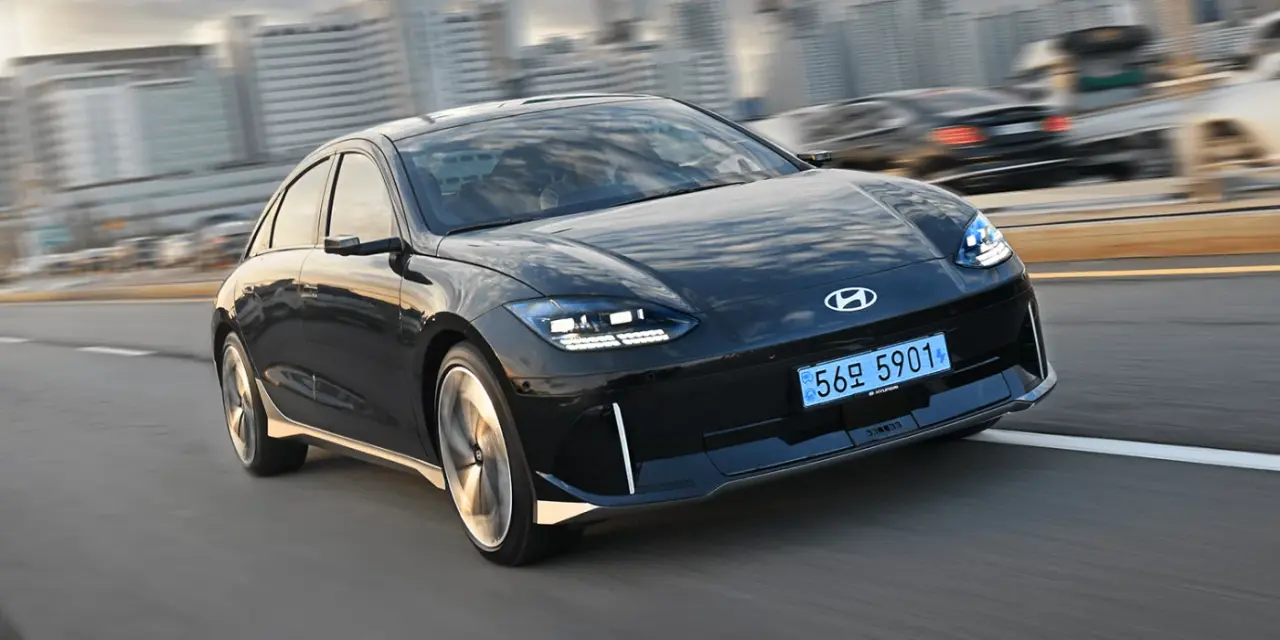
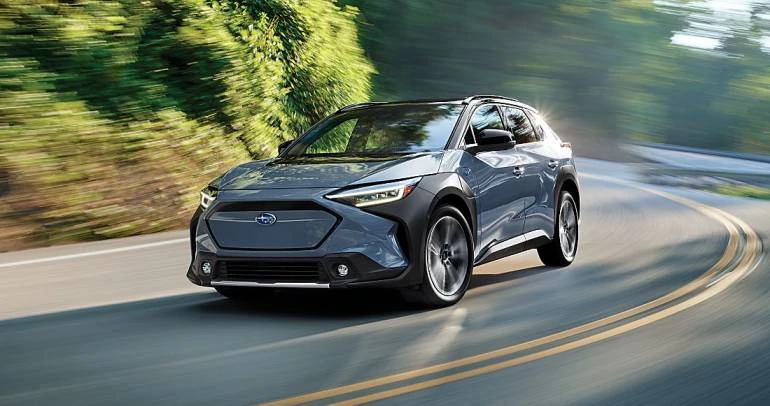
.webp)
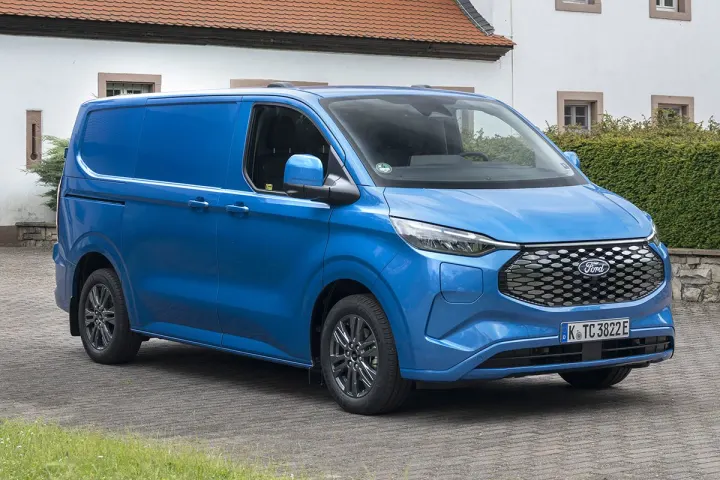
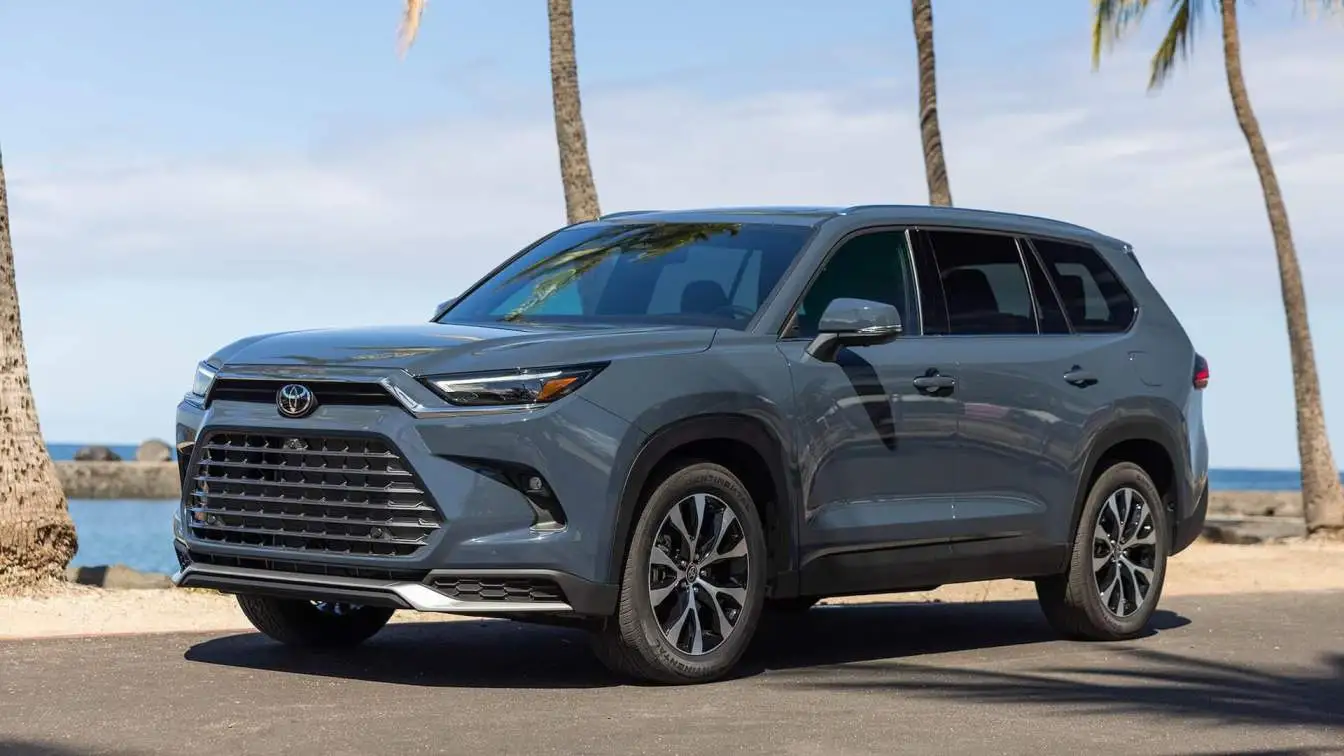
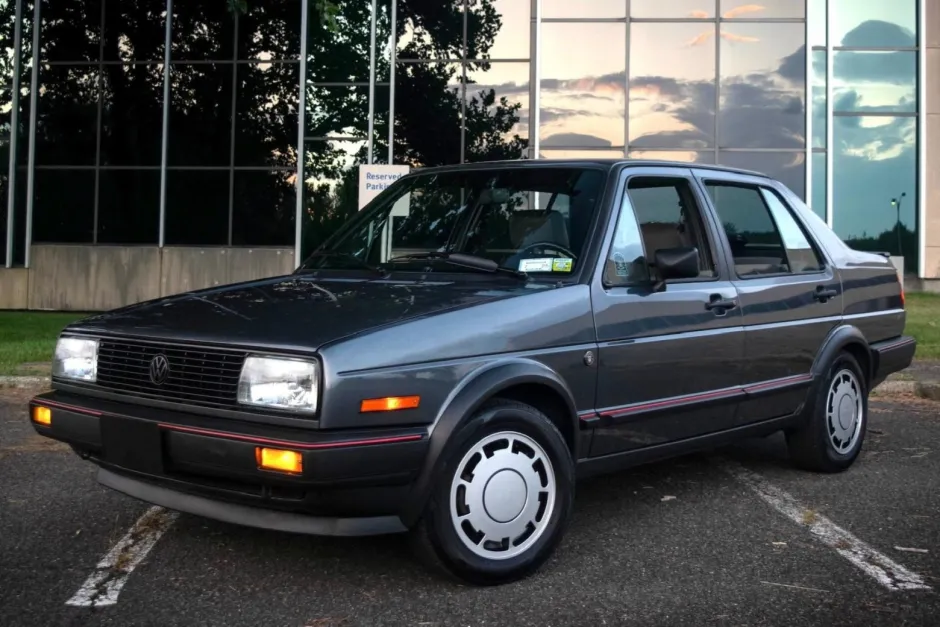
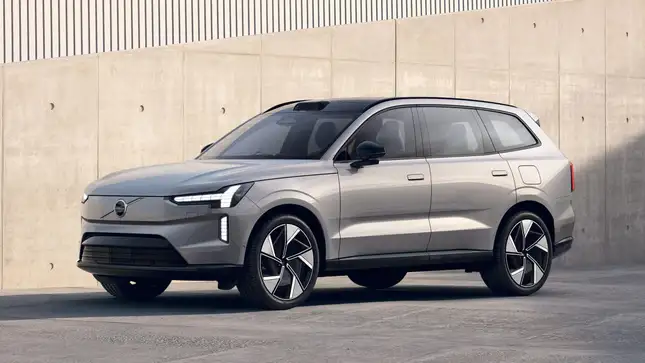
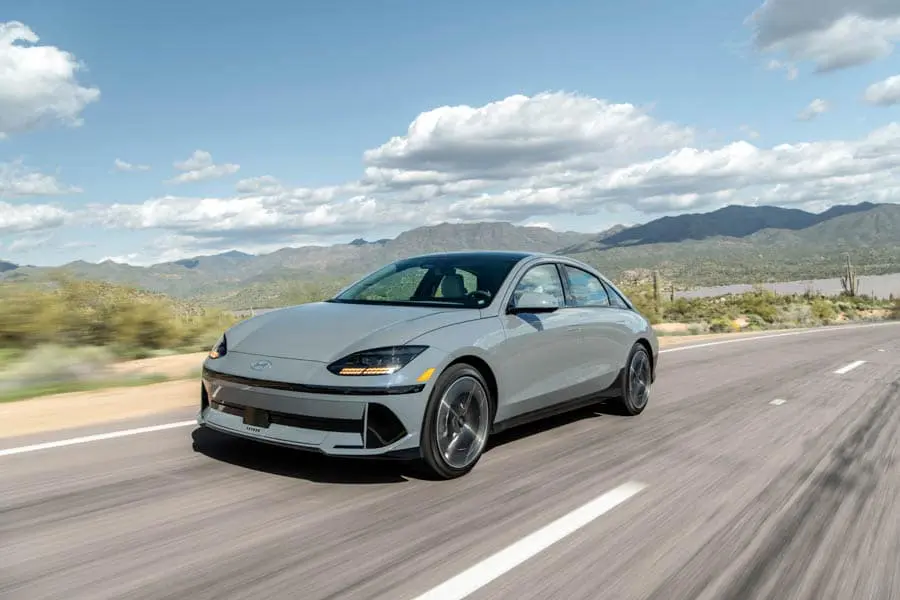
.webp)
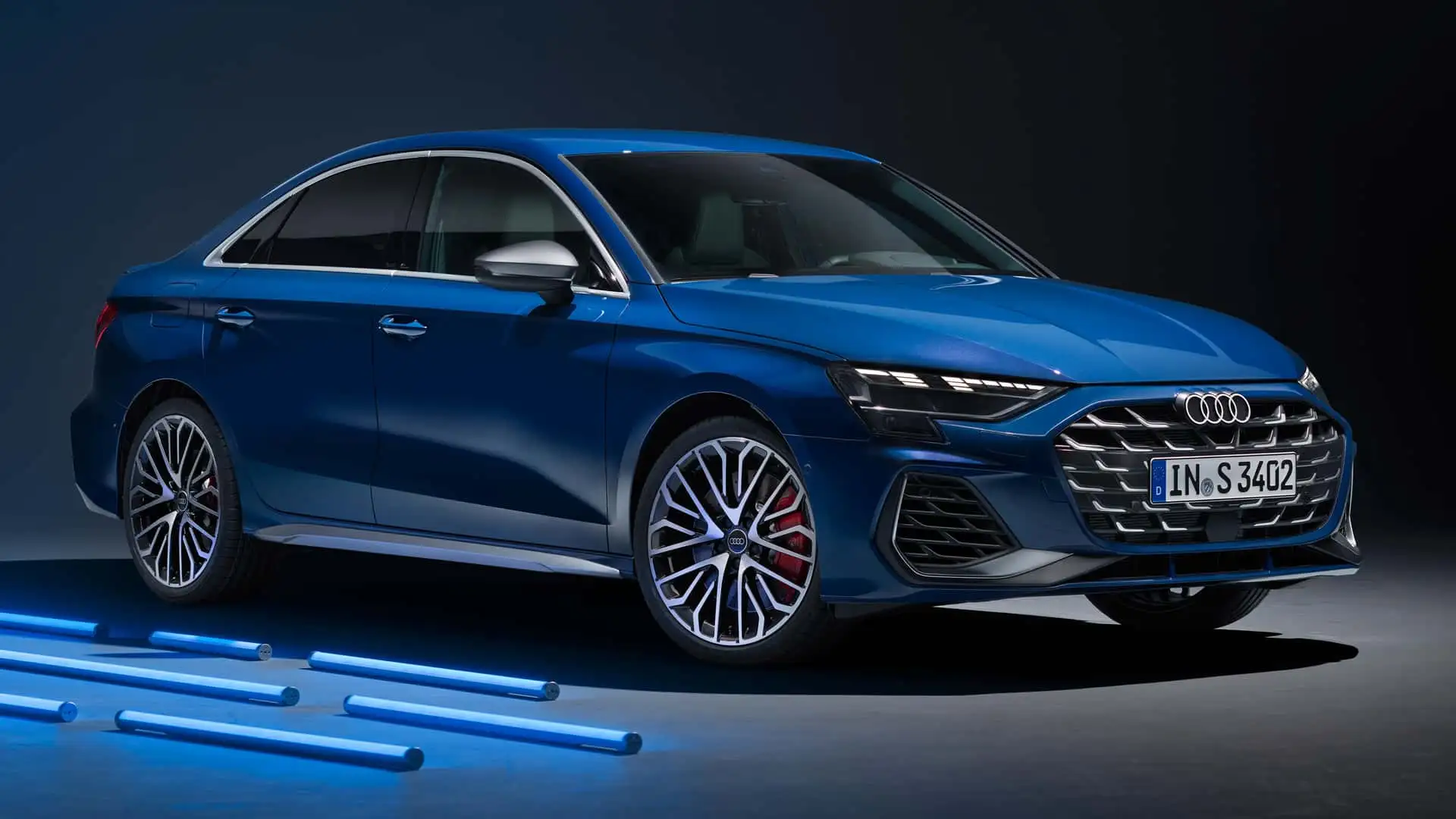
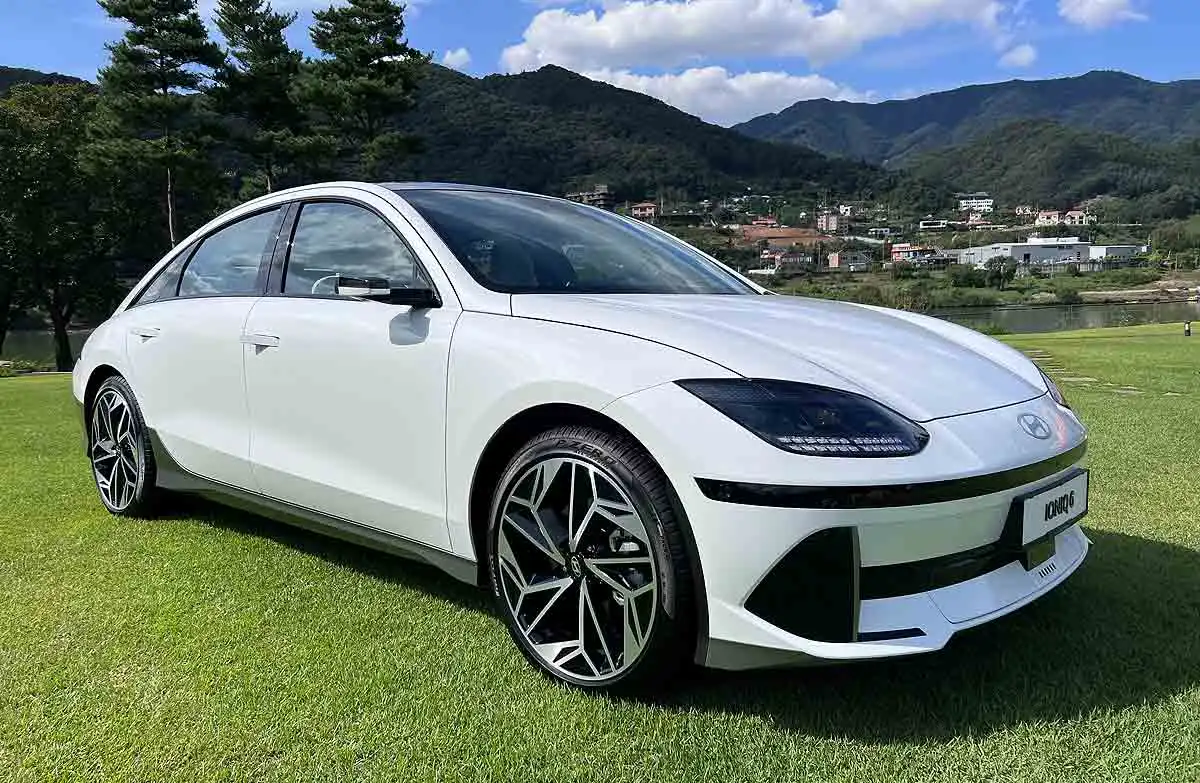
.webp)